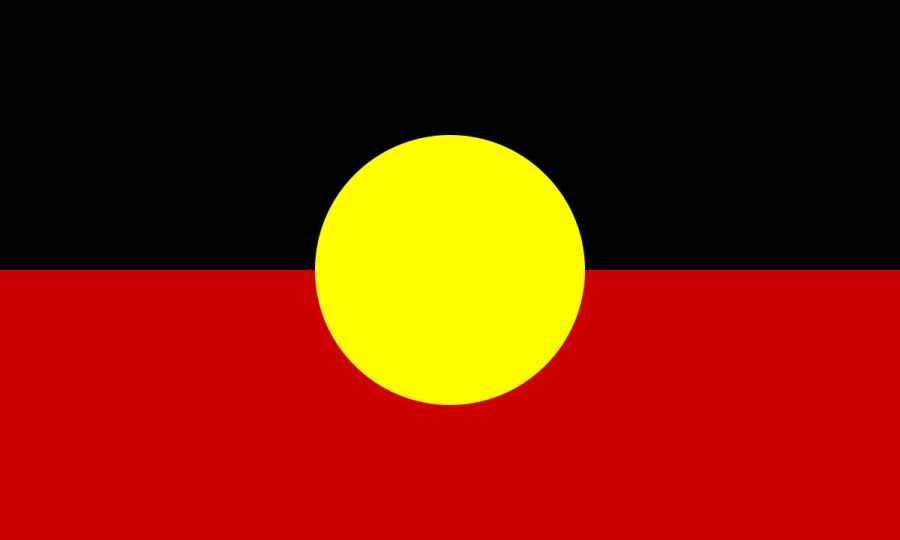According to the International Union for the Conservation of Nature, at least 10,000 protected areas have been designated to conserve our planet's natural environment. As Stevens points out in the first chapter, 5,000 indigenous peoples with a population of 600 million, "...today inhabit, and claim as traditional homelands, at least 20% of the earth's surface...four to six times more territory than is encompassed within the entire global protected area system." Most protected areas cover regions which have been or continue to be the traditional territories of indigenous peoples. Can attempts to protect the environment be integrated successfully with the need for indigenous peoples to maintain their livelihoods and cultural survival?
The case studies in this book assess the success of a range of protected area strategies, such as national parks, biosphere reserves, wildlife management areas, and conservation areas across a the United States, Canada, Honduras, Nicaragua, Nepal, Australia, and New Guinea. Stevens provides important historical context by explaining the origins and polices of Yellowstone National Park, adopted worldwide as a model of nature protection for almost a century. The key feature of the Yellowstone Model is strict environmental protection which bans human settlement and any use of natural resources, whether for subsistence or commerce. A central assumption underlying this model is that all wilderness areas have always been pristine, untouched by human activity
In contrast, many protected areas created since the 1970s have attempted to include the needs of local human populations by allowing economic activities important for livelihood and including, to varying degrees, local participation in protected area management. Furthermore, ecologists and environmentalists have gradually begun to adopt the idea that much of the natural environment has been created or altered by humans (e.g, aboriginal use of fire in Australia maintained habitats for endemic animals).
Importantly, much of the success of protected areas depends on the political structure of management and the degree to which inhabitants have real authority to maintain and regulate access to resources, in addition to the ability to influence or create management policy. Management structures may range from minimal consultation of inhabitants by park managers, to co-management (e.g, representation of inhabitants and park authorities on a management board), to fully indigenous management. However, several contributors identify a thorny problem: local population growth and the desire for economic development may conflict with conservation goals, yet must be incorporated into protected area management plans if they are to be successful. Despite imbalances in political power, indigenous peoples sometimes benefit from designation of their territones as a protected area, since this action may allow legal exclusion of outsiders, especially in countries which do not otherwise recognize indigenous land claims.
This book is highly recommended reading for those interested in nature conservation, rural economic development, and the human rights and cultural survival of indigenous peoples.
Article copyright Cultural Survival, Inc.

